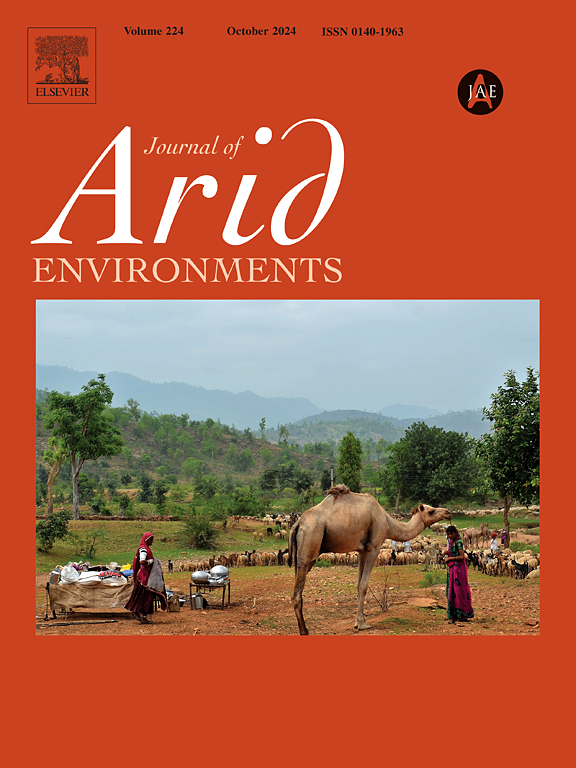The effect of climatic events and land-use land-cover changes on evapotranspiration in a semiarid region of South Africa
Climatic extremes remain serious threats to various processes of the hydrological cycle including evapotranspiration (ET). This study determined the spatial and temporal variations of ET for different land use land cover (LULC) types and the influence of certain climatic phenomena Western Cape. The study used Landsat 8 images, for ET estimation (with the Surface Energy Balance System (SEBS) and to map the various LULC types using Support Vector Machine during El Nino in 2015-2016, normal year in 2019-2020, and La Nina in 2020-2021. The results show an increase in ET during La Nina (2.39 mm/day) and El Nino (2.36 mm/day) years compared to the normal year (1.62 mm/day). The increase in ET during El Nino and La Nina years could be caused by the increased temperature and rainfall. Agriculture was the most prominent LULC type covering 62.87% and bare land was the least covering 0.64%. For the whole study period, water had the lowest ET (average of 2.72 mm/day in summer and 1.87 mm/day in winter), whereas agricultural land had the highest ET (average ET of 3.74 mm/ day in summer and 2.17 mm/day in winter). These results highlight the effect of climatic events on water loss for water resources allocation especially during extreme climatic events.
相关推荐
- Bush encroachment with climate change in protected and communal areas: A species distribution modelling approach [2024-12-01]
- Using multisource remotely sensed data and cloud computing approaches to map non-native species in the semi-arid savannah rangelands of Mpumalanga, South Africa [2024-12-01]
- Advancements in remote sensing technologies for accurate monitoring and management of surface water resources in Africa: an overview, limitations, and future directions [2024-12-01]
- Multispectral remote sensing of potential groundwater dependent vegetation in the greater Floristic region of the Western Cape, South Africa [2024-12-01]
- Remote sensing of land use-land cover change and climate variability on hydrological processes in Sub-Saharan Africa: key scientific strides and challenges [2024-12-01]



